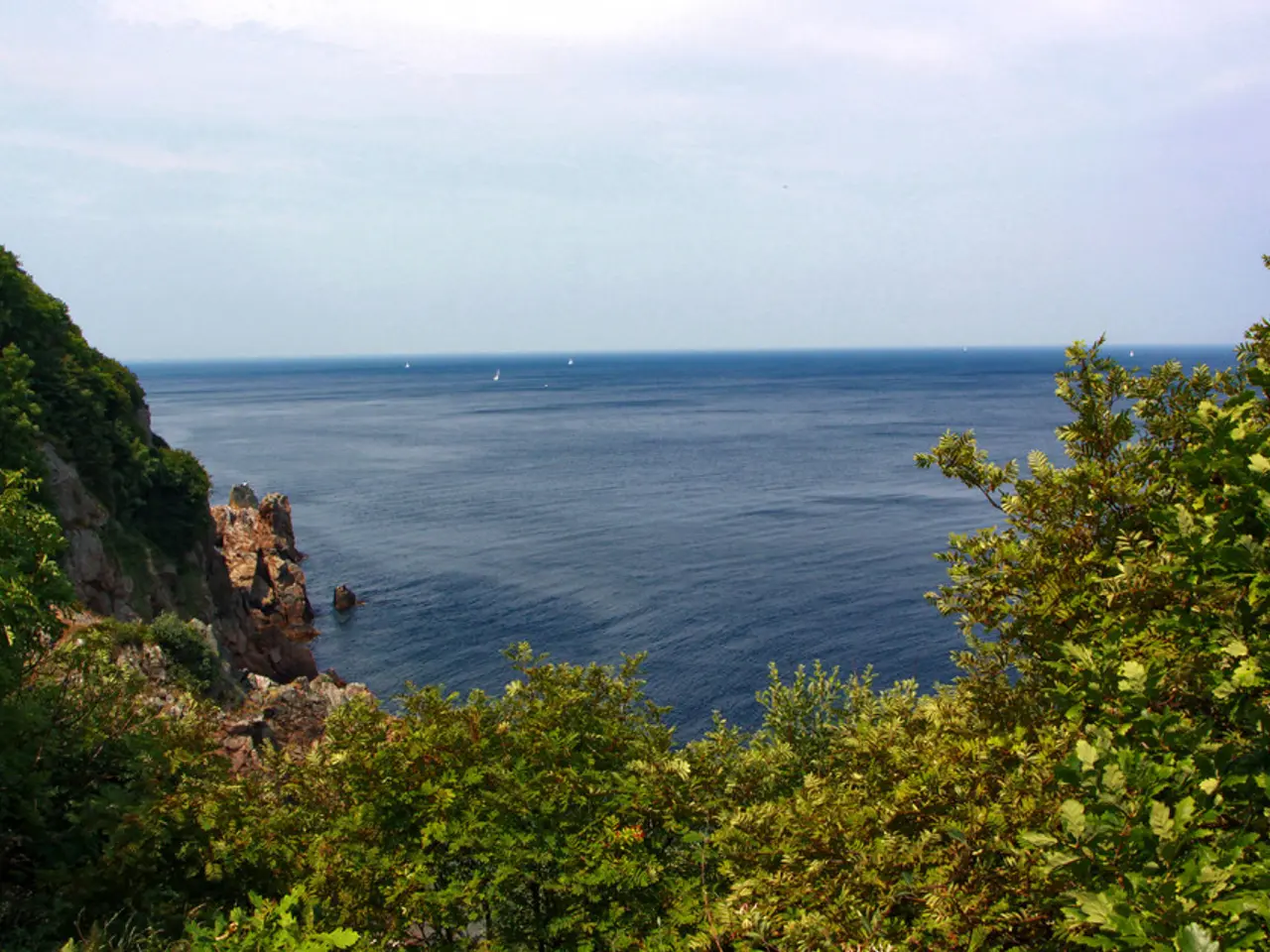Optimal Shade-Providing Trees for Sustainable Gardens in Warm Regions
In hot climates, creating a sustainable landscape is essential for both the environment and community well-being. One key element in this endeavour is the strategic selection and placement of shade trees. These natural wonders not only provide a cooling effect, but also contribute to a more resilient and productive ecosystem.
Shade trees play a pivotal role in managing moisture levels in the soil, making them an invaluable asset in drought-prone regions. They help conserve water by reducing evaporation and promoting healthy soil structure.
Native trees are often the unsung heroes of the landscape, as they are well-adapted to local conditions and require less care than trees from other regions. Popular native shade trees for hot climates include the Pecan, American Holly, White Oak, Wild Plum, and Mulberry. In Southwest Texas, native species like Ashe Juniper and Plateau Live Oak (Mountain Cedar and Live Oak) are common in dry uplands. However, it's important to note that monocultures can increase disease risk, such as oak wilt.
Prominent drought-tolerant, heat-resilient, and fast-growing options include the Live Oak (Quercus virginiana), Cedar Elm (Ulmus crassifolia), Mexican White Oak (Quercus polymorpha), Texas Ebony (Ebenopsis ebano), and Desert Willow (Chilopsis linearis). These trees offer excellent shade provision while being well-suited to hot, dry conditions.
Urban areas with trees can be up to 15 degrees Fahrenheit cooler than areas with less foliage. Shade trees can also grow up to 50 feet tall and can cut down on cooling costs in summer. Young trees need more water, but grown trees only need extra water in dry times.
Maintenance tips for shade trees in hot climates include water-efficient irrigation, using drip irrigation systems, adding thick mulch around the tree, proper pruning, watching for pests and diseases, and using organic control methods.
In permaculture, trees that do more than one thing are great, such as those that give fruit or nuts. Shade trees can grow fruits, nuts, or leaves that we can eat, providing both food and shade. They can also provide wood for mulch or building, making gardens more sustainable.
Shade trees create cooler, more humid microclimates that benefit understory plants and wildlife. They provide homes and food for many animals, like bees, birds, and small mammals.
Moreover, shade trees improve air quality by filtering out pollutants. They absorb carbon dioxide, helping fight climate change. Using drought-resistant trees in permaculture designs is smart, as it makes outdoor spaces beautiful and saves water.
By placing shade trees wisely and linking them to rainwater systems, you can build a thriving permaculture that supports both people and the environment. Holistic water management is important when incorporating shade trees into a permaculture design, as it keeps the system sustainable by balancing the water needs of the trees with the overall water budget.
Incorporating shade trees into permaculture designs is a smart move, as it makes landscapes more sustainable and resilient, improves growing spaces, and boosts the ecosystem. Shade trees make neighborhoods look better, boosting community pride and property values. They are a smart, green way to help communities thrive in hot climates.
Read also:
- Exploring the Role of Audio Elements in Poe's Excerpt - Unraveling Poe's Employement of Acoustic Devices in the Excerpt
- Most Effective Fence Line Weed Killers of 2025: Optimal Options for Sturdy Border Vegetation Management
- Conducting Leisure Activities in a 4-H Community Club Gathering
- Pause, Unwind, Find Tranquility and Mindfulness on Our Los Angeles Site




